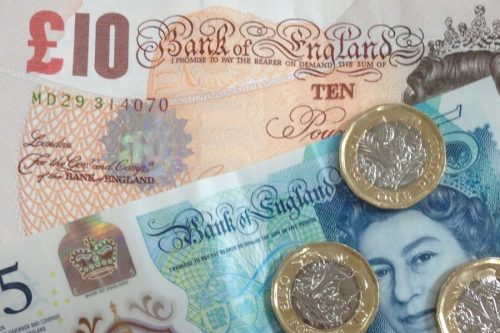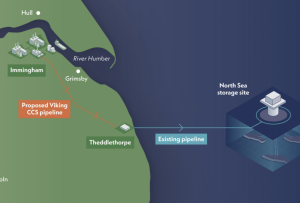Higher than expected inflation rise increases pressure on economy

Inflation exceeded forecasts last month, reaching 5.4%, its highest since March 1992.
The consumer price index (CPI) measure of inflation, rose from 5.1% in November, and was driven by surges in food, furniture and clothing prices, as well as restaurant and hotel bills.
The latest figures showed that food prices increased year on year by 4.2%, the highest rise since September 2013, while inflation on clothes reached a four-and-a-half year high, said the Office for National Statistics (ONS).
Increases in energy bills last October have exacerbated the situation, which will worsen when new pricing rates are introduced from April. The used car market has also seen a spike in demand as computer chip shortages affected supply in the new car market. Fuel prices have also climed to record levels.
CPI is at its highest since the ONS started reporting price rises using this measure in 1997, and data emerged yesterday (January 18) that cost increases are rapidly outstripping wage rises.
Alpesh Paleja, CBI lead economist, said: “We’ve not seen the end of rising inflation yet. We expect it to peak in the months ahead, not least if, as expected, the energy price cap is raised.
“With prices on the rise and real wages already falling, it’s likely households will face a cost-of-living crunch for much of this year.
“And with price pressures further up the supply chain still strong, the cost of doing business will also continue to climb sharply.”
He added: “It’s now vital that the Government comes forward with urgent solutions to protect the most vulnerable consumers, who will struggle most with anticipated price rises. Solutions must also be found for firms that are struggling with ever growing cost burdens, especially energy-intensive businesses. This should be a precursor to longer term energy market reforms, to build resilience against future energy price shocks.”
Laith Khalaf, head of investment analysis at investment platform AJ Bell, said: “Inflation is going to pile serious pressure on UK households in the next few months, particularly when combined with the tax rises the Chancellor has planned for April. The main issue is that price rises are being most keenly felt in energy and transport, areas where expenditure is unavoidable, and which constitutes a bigger slice of the budgets of those on lower incomes.
“CPI now stands at 5.4%, the highest annual reading since this measure of inflation was introduced in 1997, though significantly higher price rises were recorded in the 1970s, 80s and early 90s, when the now largely retired RPI measure was used. It will be little comfort to those feeling the pinch of price rises today, but looking over a slightly longer period, CPI inflation has risen by six per cent over the last two years.
“That’s only slightly more than it has increased over one year, thanks to the deflationary effects of the pandemic in 2020, which saw some oil contracts trading in negative territory, and tells us just how sharply prices increased over the course of 2021.”
Laith added: “The annualised nature of the inflation calculation suggests this spike may recede if commodity prices fall back towards the end of this year, or indeed simply fail to keep rising. Whether that will happen will continue to depend on Russia, OPEC and supply chain disruption. But commodity prices are cyclical, and as the saying goes, the cure for high oil prices is high oil prices.”
He said probably a greater threat in creating sustained inflation comes from the labour market: “A record level of vacancies, combined with a hefty increase in the National Minimum Wage could give a wage price spiral a bit of momentum, taking root first within companies, and then manifesting itself in consumer prices.
“It was telling that the high street retailer Next has just warned the market that it faces 5.4% wage inflation this year, and when added to elevated shipping costs, that means item prices are expected to rise by six per cent. If this sort of thing is happening across the economy, the risk is that inflation becomes embedded in the expectations of business and consumers, at which point it becomes much more sticky.”
He said: “The Bank of England has, of course, raised base rate back to 0.25%, but that still means that cash savers saw their money lose 5% of its buying power in 2021. The coming year isn’t shaping up to be much better, because the pace at which interest rates rise will only negligibly take the edge off inflation.
“The market is now expecting another rate hike in February, but as we’ve often seen, the Bank doesn’t always follow the script laid down by market prices.”








